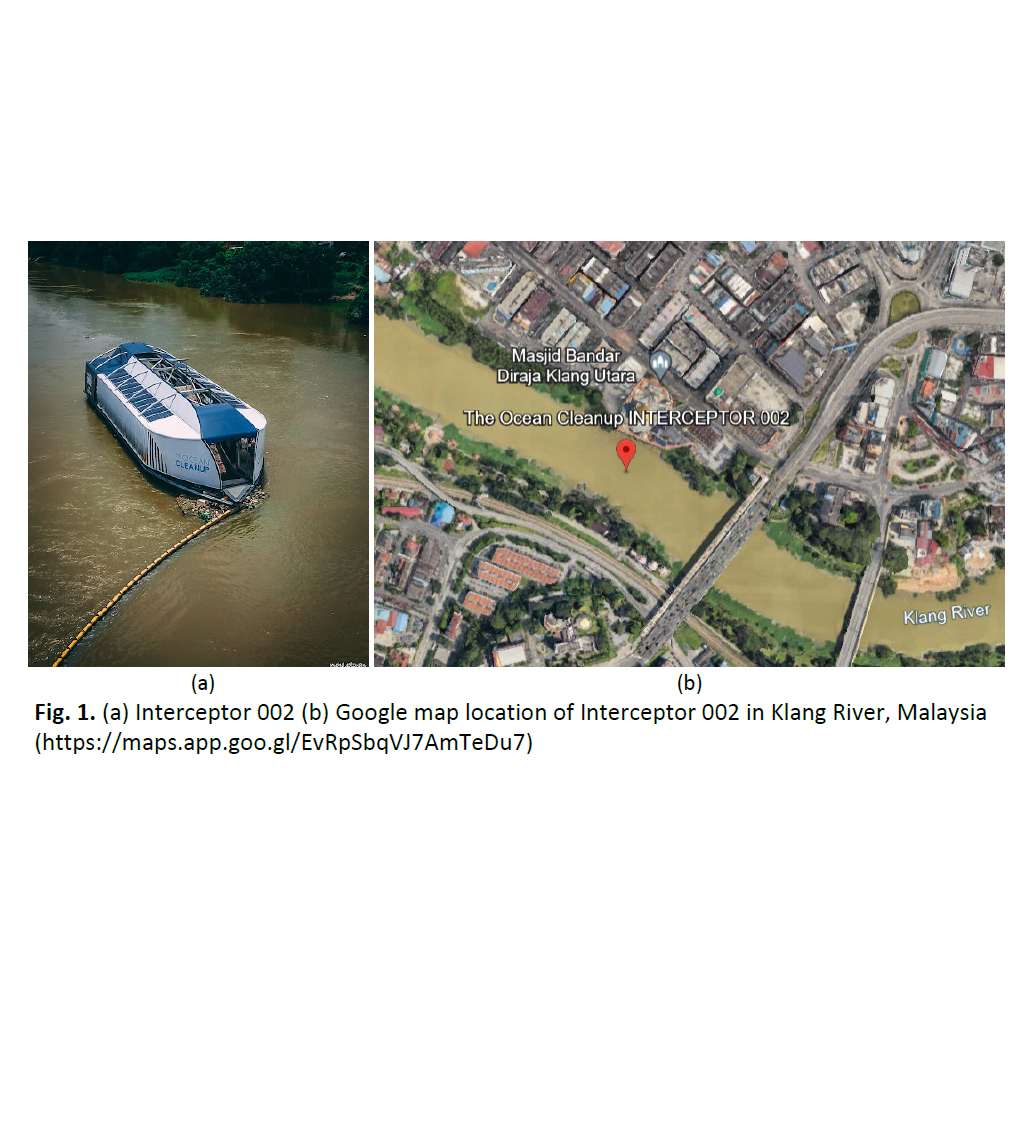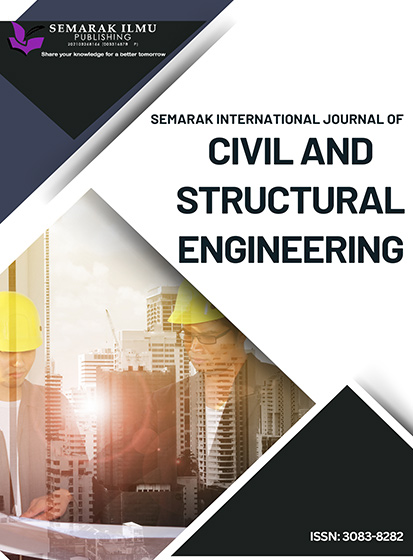Adaptive Structural Design of River Monitoring Systems: Enhancing Environmental Monitoring Capabilities and Sustainability
DOI:
https://doi.org/10.37934/sijcse.2.1.118aKeywords:
River Monitoring Systems, Structural Design, EnvironmentalAbstract
The accelerating degradation of river ecosystems due to pollution necessitates the innovation of River Monitoring Systems (RMS) to protect these critical waterways. This research presents a novel design for adaptive RMS camera structures, aimed at enhancing monitoring capabilities and addressing the limitations of current systems. Highlighting the essential role rivers play in sustaining biodiversity, our study underscores the severe consequences of pollution, as exemplified by the deteriorating condition of Malaysia’s Klang River. We identify the need for a flexible RMS structure to overcome challenges such as excessive weight, corrosion susceptibility, and maintenance difficulties. Our methodology integrates advanced 3D Drawing Software for structural design, Fusion 360 for weight analysis, and a combination of manual calculations and simulations for vibration analysis. The findings reveal that Carbon Fiber Reinforced Polymers (CFRP) are the optimal material choice, offering an excellent balance of performance and cost-efficiency. This research successfully develops a structurally sound, user-friendly, and dynamically stable RMS camera structure, significantly advancing environmental monitoring practices. The study's contributions provide a foundation for future innovations in adaptive structural design, with broad implications for safeguarding river ecosystems worldwide.









